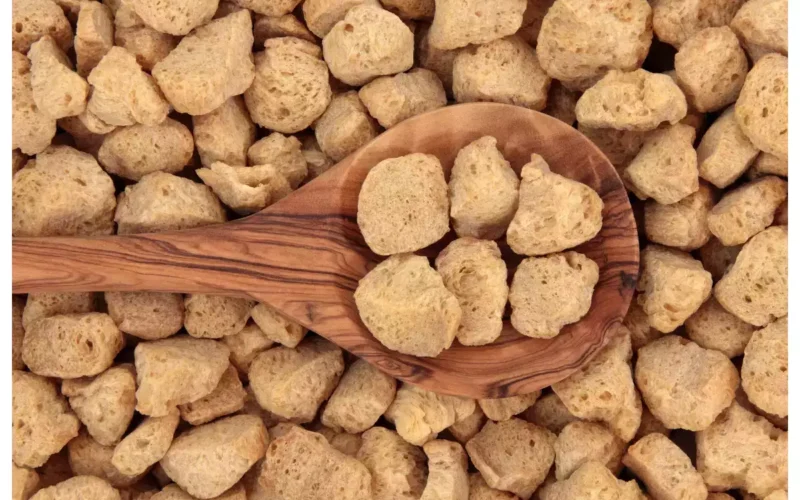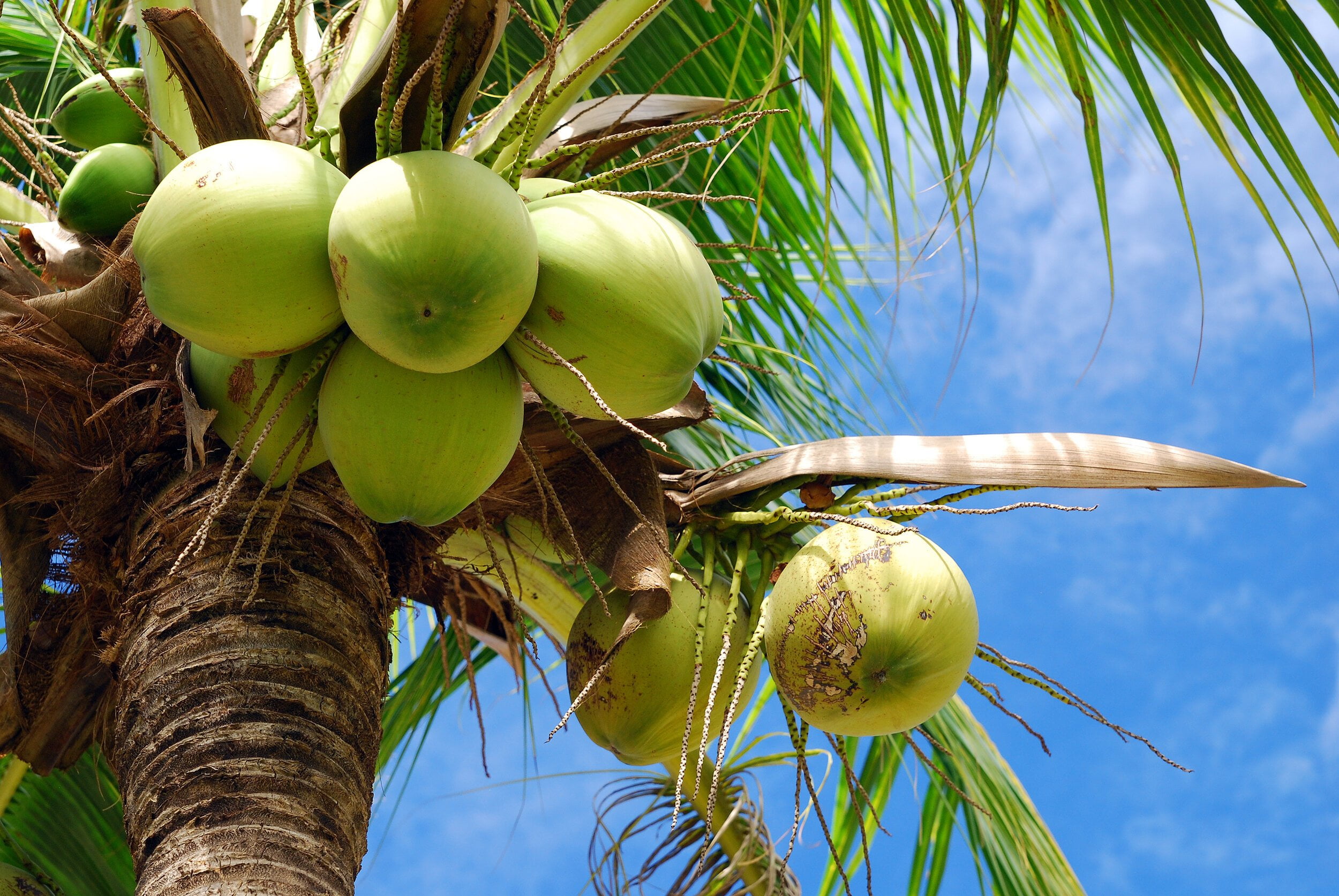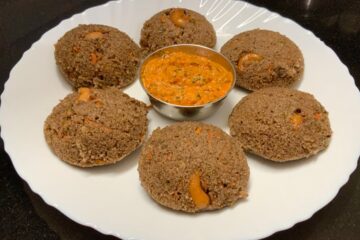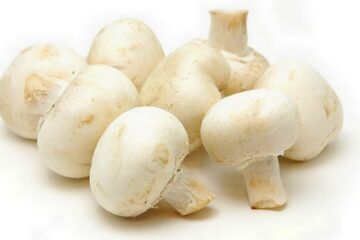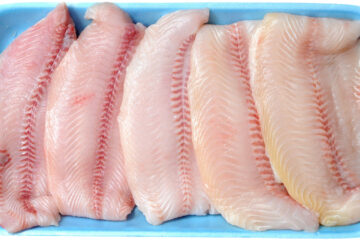Published in November 2017
Soybeans are high in protein and low in fat. Plant-based proteins typically offer less nutritional value compared to animal proteins found in milk, eggs, and meat. However, soybean protein is comparable to animal protein, making soybeans a significant food source. Let’s explore the various foods that can be made from soybeans.
Soybeans are crucial among pulses, which are rich in protein. While other pulses contain about 25% protein, soybeans boast 40%. However, soybeans also contain undesirable substances like trypsin inhibitor and hemagglutinin, which hinder protein absorption and digestion. Processing methods like sprouting, boiling, soaking, frying, and autoclaving at 14 pounds pressure for 30 minutes can eliminate these unwanted properties.
Nutritional Value of 100 Grams of Soybeans:
- Protein: 43.2 grams
- Calcium: 240 mg
- Carbohydrates: 20.9 grams
- Phosphorus: 690 mg
- Fiber: 3.7 grams
- Iron: 10.4 mg
- Fat: 19.5 grams
- Carotene: 426 mcg
- Thiamine: 0.73 mg
- Moisture: 8.1 grams
- Riboflavin: 0.39 mg
- Niacin: 3.2 mg
Soybeans contain 17-20% oil, rich in beneficial fatty acids, and vitamins E, K, D, and folic acid. Soybean meal, a by-product after oil extraction, contains 50% high-quality protein, soluble and insoluble fibers, and B vitamins. Soy protein includes all essential amino acids necessary for health and is easily digestible.
Benefits of Soy Consumption:
About 85% of soybean production is used for oil and meal production, 10% for seeds, and only 5% for direct food use. Soy helps reduce cholesterol levels and the amount of low-density lipoproteins while increasing beneficial lipoproteins, thus preventing heart diseases. Essential fatty acids in soy regulate blood pressure. High calcium absorption from soy strengthens bones. Due to its low carbohydrate and high fiber content, soy is excellent for diabetics. For those with lactose intolerance, soy serves as a perfect alternative.
Daily Use of Soy:
- Soy flour can be mixed with wheat flour for chapati.
- Meal Maker, a soy product, can be used in vegetarian biryani.
- Sprouted whole soybeans can be used as dal.
- Soy milk, yogurt, and tofu can be made from whole soybeans.
Commercial Uses of Soy:
- Soaked soybeans can be roasted in hot sand to make soy nuts, which can be used to make soy balls similar to peanut balls.
- Soy flour can be used in making biscuits, bread, buns, noodles, and idiyappam.
- Adding 20% soy flour to bakery products enhances their protein quality.
- In pappad making, 25% soy flour can be mixed with urad dal flour.
Preparing Soy Milk:
1 kg soybeans soaked for 8-12 hours, ground, and cooked at 100°C for 10 minutes, then cooled and filtered to make soy milk. Add almond or rose essence for flavor or mix with cow’s milk for consumption.
Preparing Soy Paneer (Tofu):
Ingredients: 1 liter soy milk, 60 ml lemon juice.
Preparation: Soak and grind soybeans, cook the paste for 10 minutes, cool and filter. Mix lemon juice with the cooled soy milk and reheat. The curdled mixture should be filtered through a cloth and left for two hours. Cut into desired sizes for use.
Using soybeans in this manner, one can make soy puffs, soy-mixed dal powder, idli powder, pakora, and murukku. This ensures that the high-quality protein in soybeans is fully utilized.
Dr. P. K. Thenmozhi, Dr. S. Senthur Kumaran, Agricultural Science Center, Kundrakudi, Sivagangai – 630 206.

